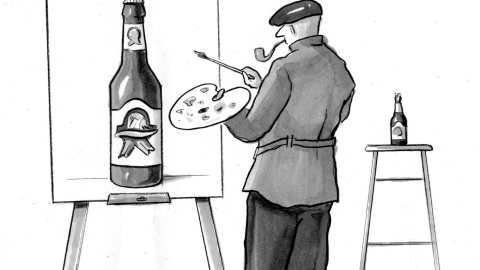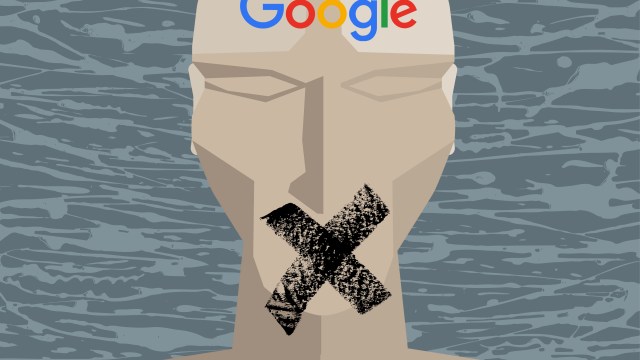Has Duty Lost To Beauty? Art’s Hidden Brain Effects.

Beauty and duty now often clash. TV and hidden brain effects paint an ugly truth: The fight isn’t fair.
1. Emily Nussbaum, writing about advertising and TV, reports queasiness about product placement. She knows TV is “there to sell,” but frets that sponsors vex her beloved artform — censoring stories, limiting TV-maker’s artistic freedom to “offend anyone … violate any rule.”
2. But TV’s art doesn’t only sell and entertain (~a new “opium of the masses”). It implicitly has hidden brain effects.
3. “Everything on TV is an ad,” TV-maker Matt Weiner tells Nussbaum. Product placement is “far less harmful than … propaganda embedded in” shows. For example, cop shows celebrate “the virtues of the state.” Meanwhile, even shows with an “anti-corporate message” pursue corporate product placements.
4. Every show (like most art) assigns positive and negative signifiers, intentionally or not.
5. Regarding Nussbaum’s queasiness: We feel what’s right like we feel what’s beautiful. Ethics and aesthetics work the same way. They’re both intuitive reactions (Daniel Kahneman’s “fast thinking”), which we can then assess (sometimes — see “moral dumbfounding”).
6. We have two basically independent learning systems says Shankar Vedantam. The conventional conscious system, and a less understood “hidden brain” system, which automatically becomes fluent in “unspoken rules” (using association patterns in its environment).
7. Hidden brain associations can be unsettling — in a study, 70 percent of toddlers assigned nearly all positive adjectives to white faces, and negative ones to black faces. And black toddlers did the same. Whatever toddlers were explicitly taught, their hidden brain systems implicitly associate different races with different statuses (reflecting status patterns in their environment). Our society typically doesn’t understand such hidden brain effects.
8. Adults also have hidden/involuntary biases, e.g., widespread workplace gender biases, or liberal “racism.”
9. Both TV shows and ads (and any other way of attaching beauty or glamor or glory or status, or their opposites) feed data into our unconscious implicit-association system. The contagious juxta-logic of “sex sells” applies to “status sells.” We’re all partly status seekers. And much status-seeking (and mimicking) is “hidden brain” driven.
10. The only art that escapes social, or ethical, or political effects, is art with no audience. Part of what art does is preach. It transmits status messages, intentionally or not. Art’s power seemed clearer in the past: Plato feared it could corrupt. Shakespeare’s art molded Britain’s nationhood. Michelangelo was hired to use his glory-giving skills on god. Some have proclaimed art a replacement for religion.
11. What the arts glamorize or ghetto-ize (or celebrate or sinisterize) matters. Especially the arts our hidden brains are most frequently exposed to, like TV and ads. Humans have never before been as bombarded by artfully crafted sexier-than-life images.
12. But what do these powerful arts serve now? Just cool artistic rule-breaking? What do they ennoble? Status-seeking by doing our duty? Or by “beautiful” consumption (putting envy and greed above need, a golden drool vs. the golden rule)?
What happens to a culture that stops seeing beauty in duty?
—
Illustration by Julia Suits, The New Yorker cartoonist & author of The Extraordinary Catalog of Peculiar Inventions





